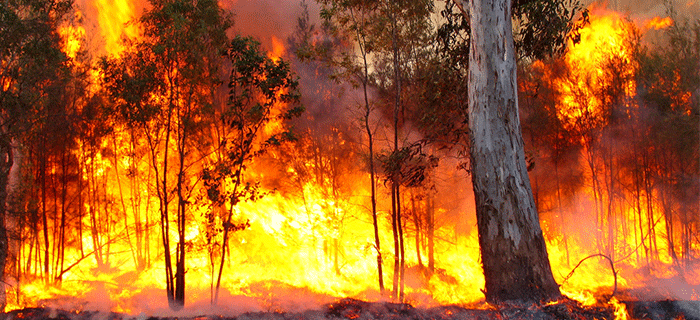From Analysis to Activity: Utilizing Your BAL Report to Reduce Bushfire Ris
From Analysis to Activity: Utilizing Your BAL Report to Reduce Bushfire Ris
Blog Article
How BAL Record Impacts Shrub Fire Security Actions
In the realm of bush fire protection, the Structure Attack Degree (BAL) record stands as an essential tool that significantly affects the safety and security and durability of homes in fire-prone locations - BAL Report. The influence of a BAL analysis extends far beyond plain documentation; it acts as the foundation for figuring out the proper building and construction requirements and fire security procedures essential to minimize the threats presented by bushfires. As neighborhoods grapple with significantly serious fire seasons, comprehending exactly how the BAL report forms these protective steps becomes vital for policymakers, building contractors, and homeowners alike
Comprehending the Bushfire Strike Degree
Relevance of BAL Record Analysis

In Addition, the BAL report analysis works as a fundamental action in following lawful commitments and needs associated with bushfire protection. Regional councils and authorities commonly mandate the submission of a BAL report as part of the planning and building authorization procedure to make sure that buildings are adequately protected versus bushfire dangers. Falling short to carry out an extensive BAL record assessment can cause insufficient protection actions, leaving homes prone to ruining bushfire occurrences.
Construction Criteria Based Upon BAL
A comprehensive understanding of the Bushfire Assault Level (BAL) makes it possible for homeowner to apply building standards tailored to their specific risk account. Construction standards based on BAL are important in alleviating the influence of bushfires on homes. The BAL score classifies the prospective threat a property encounters throughout a bushfire on a scale from BAL-Low to BAL-FZ (Flame Area) Each BAL degree matches to specific building and construction requirements outlined in the Australian Conventional AS3959-2018 Building of Buildings in Bushfire-Prone Locations. Properties categorized as BAL-Low might just call for standard procedures such as removing particles and maintaining gardens, while those in higher BAL classifications need even more robust measures like ash displays, fire-resistant products, and secured windows. Sticking to these building and construction criteria not just improves the structural strength of the residential or commercial property however also enhances the total safety and security of locals throughout a bushfire event. Residential property owners must meticulously consider their BAL rating and abide with the corresponding building requirements to sufficiently guard their homes and occupants.
Carrying Out Fire Protection Measures
With useful source the structure of building and construction criteria based on Bushfire Strike Level (BAL) in area, the emphasis currently moves in the direction of the useful implementation of fire defense procedures to fortify residential or commercial properties against bushfire threats. Passive actions consist of making use of fire-resistant structure products, mounting cinder guards on vents, securing gaps in walls and roofs, and preserving a clear area around the residential or commercial property cost-free from combustible plants. By incorporating both passive and energetic techniques, buildings can significantly decrease their vulnerability to bushfire cases and increase the safety and security of residents.
Shielding Homes Versus Bushfires
Efficiently protecting homes against the harmful effects of bushfires calls for a comprehensive and proactive approach to fire protection measures. House owners residing in bushfire-prone areas should focus on the application of different methods to enhance their building's strength against wildfires. One essential element is creating a defensible area around the home by preserving a clear zone free of combustible products. This includes frequently cutting plant life, getting rid of dead plants, and ensuring a safe range in between structures and trees. Setting up fireproof roof covering products can likewise considerably lower the risk of cinder assaults and straight fire contact. Additionally, securing vents and spaces to stop ember intrusion, along with including fire-resistant windows and doors, can assist fortify the home's defense versus bushfires. Spending in a trusted water source, such as a well-kept sprinkler system or a dedicated water tank, is essential for providing water during fire emergencies - BAL Report. By accepting a proactive stance and integrating these safety actions, property owners can substantially raise their chances of protecting their homes against bushfires.
Conclusion
In final thought, the Bushfire Attack Level (BAL) report plays a crucial duty in figuring out the required defense measures against bushfires. Applying fire defense go steps based on the BAL report is vital in safeguarding residential or commercial properties from potential bushfire hazards.
In assessing bushfire threat to homes, understanding the Bushfire Attack Level (BAL) is a critical part for implementing efficient defense steps. In general, a clear understanding of the Bushfire Strike Level is vital for executing ample protection steps and alleviating the impact of bushfires on homes.

Report this page